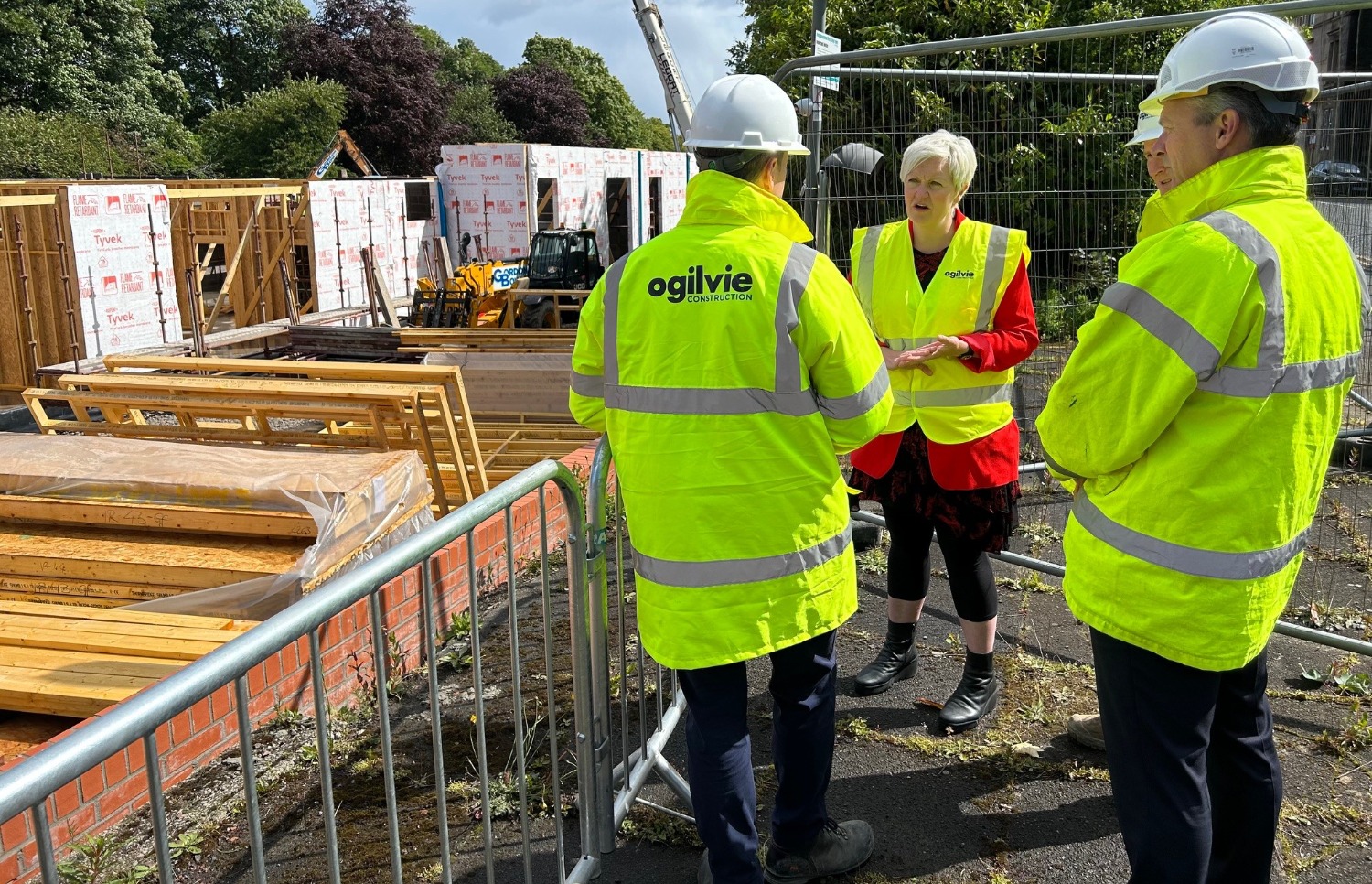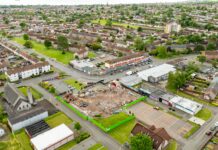
OGILVIE Construction has reached a significant milestone on the £10 million build of a new community hub for people with learning disabilities in Inverclyde.
The completion of the building’s foundations means that work will now be focused on the construction of the timber frame structure, with the Inverclyde Council project on track for completion and handover next year.
The facility will have space for up to 50 adults and young people with learning disabilities and autism with scope for other community use, replacing the existing Fitzgerald Centre in Greenock and the former McPherson Centre in Gourock, which closed a number of years ago.
Grier Edmead, operations director at Ogilvie Construction, said, “We’ve made excellent progress on the build since site operations started in December last year. The next phase will see the timber frame rising before moving on to external structural work and internal fit out. We look forward to handing over a first-class purpose-built facility next year.”
Councillor Francesca Brennan, chair of Inverclyde Council’s social work and social care scrutiny panel and vice-chair of the IJB, added, “Good progress is being made on the construction of the new adult community hub and it’s thanks to strong partnership working between the council/HSCP and our partners. Once completed, this will be a first-class facility for our service users and staff and the whole of Inverclyde.”
Iain Marley, chief executive of hub West Scotland, commented, “Laying the foundations marks a major milestone in delivering this much-anticipated learning and community hub. It’s a tangible symbol of progress and partnership, and we’re proud to help create a space that will serve and inspire generations to come.”
The exterior design draws inspiration from Greenock’s Sugar Sheds while the internal layout and external landscaping has been developed through partnership working with learning disability staff and extensive consultation with service users and families.
The aim is to provide an enhanced sensory experience for those users with complex needs, including those with co-existing conditions such as autism, visual and perceptual impairments, physical and sensory disabilities, dementia and life-limiting conditions.
Careful consideration has been given to the use of materials, texture, colour and noise to provide the best possible environment for service users and staff indoors and outdoors. Another key focus is achieving enhanced energy efficiencies and a low operational carbon footprint, including the use of roof-mounted solar panels to help offset emissions.











